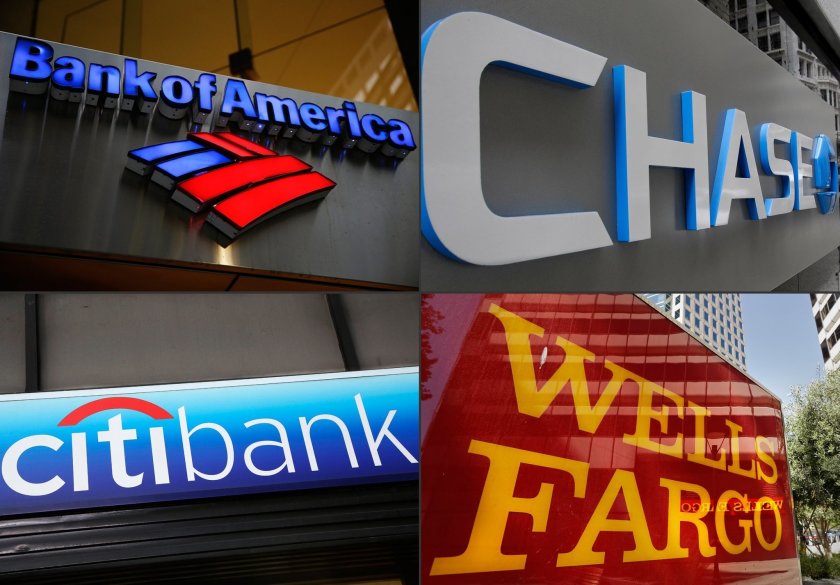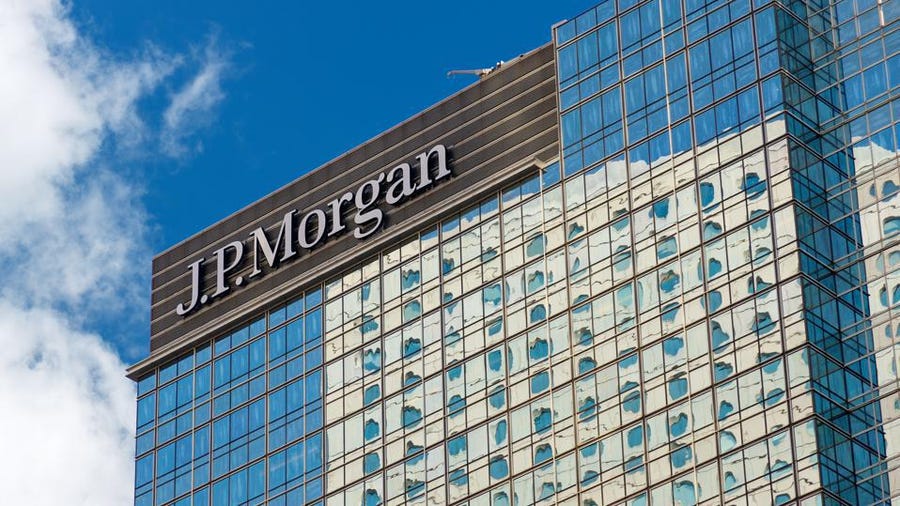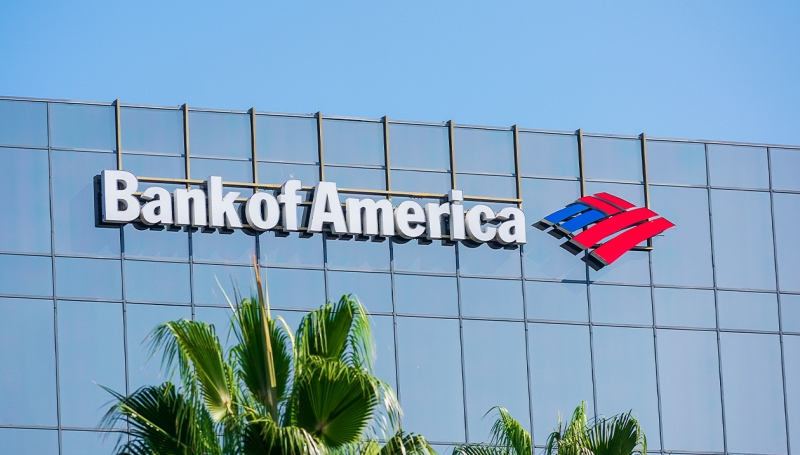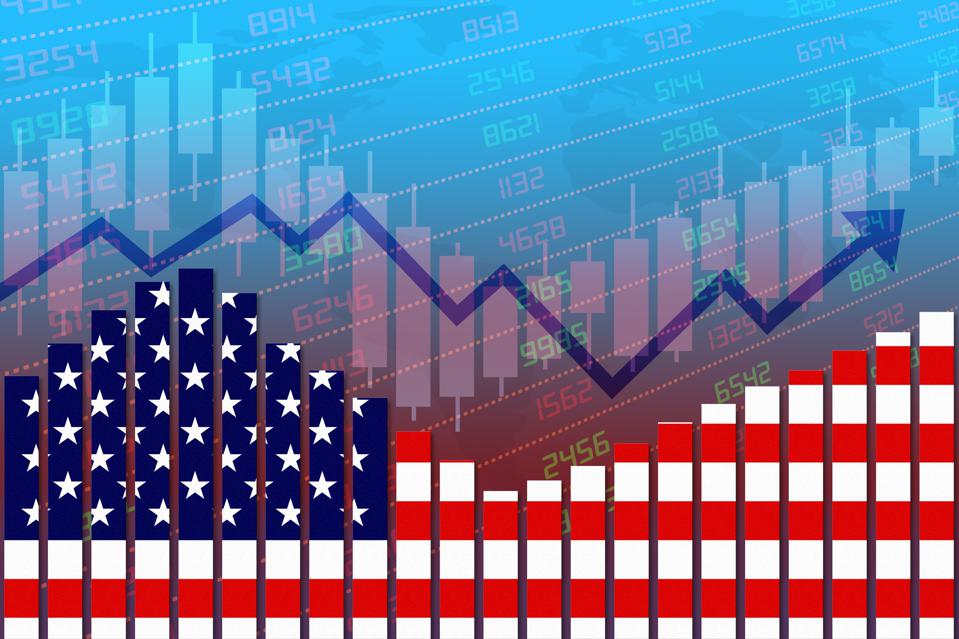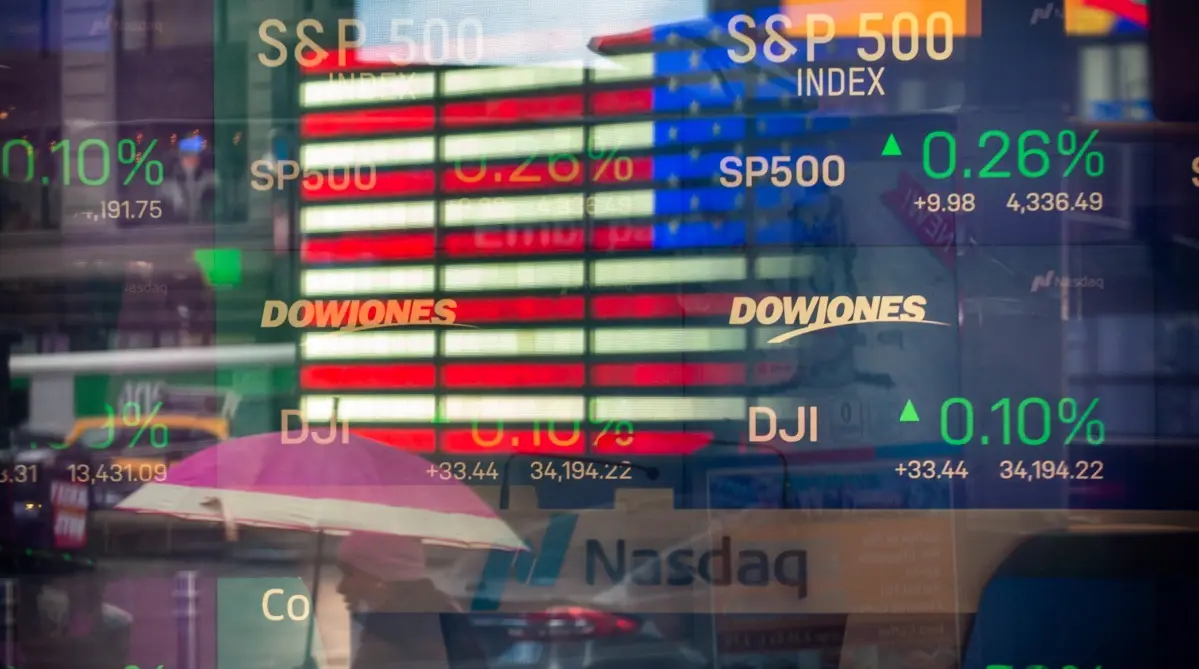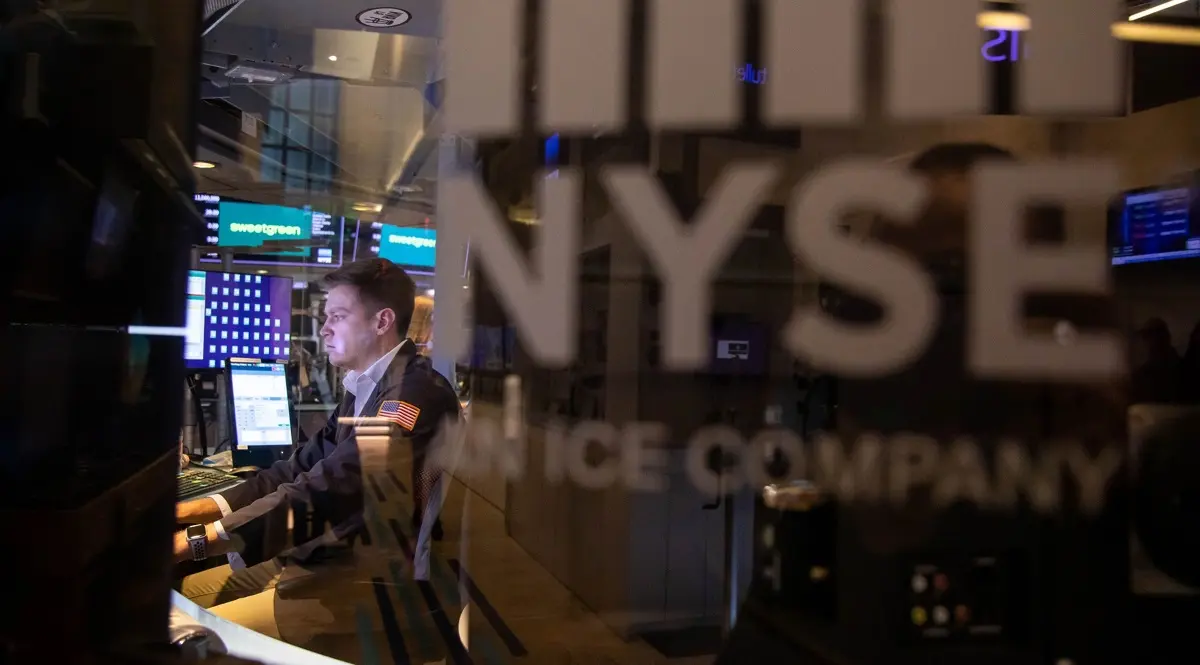Hi readers,
Hope all is well in the midst of the banking crisis in US. As always, I like to look out for opportunities in a non-crowded space, where supply far over-exceeds demand, where value can be found in good and well-run companies.
After a couple of months into the crisis , I try to look for opportunities into the US banking sector. Of course, at the current high interest rate environment, we don’t really know when the next failure will happen. But of course, risk management is key in the selection progress and in this writing, I would like to bring readers into my train of thoughts and analysis and answer a few questions.
Risks in the banking sector now.
So far, the failures have all happened to the regional banks and interestingly, in the current crisis of confidence, the bigger banks are the winners. JPM just took over First Republic Bank last weekend. I will not bore you with the details of how some of the banks failed.
US FDIC findings on Signature Bank failure.
FED’s finding on the cause of Silicon Valley Bank failure.
Why First Republic Bank failed and what JPMorgan’s deal means
I have worked out the price ratios of the top 2 US banks at the current price level, comparing them with the local banks here in Singapore on the table below.

Bank of America and JP Morgan’s market caps are way bigger than the local banks. For example, JPM’s market cap and total assets are more than 10x bigger than that of UOB. BAC is more than 3x bigger than DBS in terms of market cap and 6x bigger in terms of total assets.

Total assets for the two US banks have also being growing since the onset of the covid crisis back in 2020, most probably the result of the easy monetary policies and covid packages issued to the US population.
For the banking and financial sector, the price to book ratio is a preferred measure of their valuation. All banks are subjected to similar macroeconomic conditions, for example, interest rates environment, inflation rates, etc. The efficiency of a bank will depend on its ability to optimise the utilisation of fund (book) that it has.
On the table above, it is clear that BAC is trading at the most attractive valuation based on the price to book ratio. I would ask further why is BAC trading at a much lower PB valuation compared to JPM and I have found an answer to that. BAC holds the largest proportion of long term treasuries among the US banks. As such, as the interest rate increased in the past one year, the marked-to-market valuation of these instruments fell drastically as they are most sensitive to interest rates compared to the shorter dated bonds. Investors are concerned and thus, selling down not only the smaller banks, but BAC as well. Please do not misunderstand, these US treasuries are super safe instruments based on their credit ratings (Standard & Poor’s AA+, Moody’s Aaa, Fitch AAA). The bank will receive par once they matures in due course from the US government. As we have most probably seen the last rate hike of this cycle (fingers crossed), the losses on these instruments is capped (Bond price has an inverse relationship to interest rates). And if the interest rates start falling again (Economic cycles), the marked-to-market valuation will start appreciating as well. Most importantly, as long as the bank does not need to sell these instruments at a loss in the event of a liquidity squeeze, they will most probably be fine.

In recent times after the banking failures, the Bank Term Funding Program (BTFP) was created to allow banks to take out loans for up to a year using these government bonds as a collateral. FED will value them at face (Par value) to issue out the loans. This is on top of the FED discount window facility that serves the same purpose. We can see that the FED is determined to bring down inflation by increasing interest rates even as cracks in the financial system starts to surface. But they are also there to ensure that these cracks are addressed and not caused a financial disaster. Of course, I choose to believe that they have the capability and resources to do just that.
When will this issue be resolved? Most probably, when the FED starts easing and the book value of these bonds will start climbing again. But meantime, to manage risk, I would choose the bigger banks like JPM and BAC to gain exposure to the distress sector as of now. As psychologically, depositors will flock to them as they are systemic important banks when their confidence are shaken.
Moreover, as the prices of the bonds that these banks are holding appreciate in value when the interest rates fall, their book value will increase, reflecting a lower price to book value ratio. Market will then start to move their share price higher to factor in the higher book value based on the price to book ratio (analysts’ upgrades).
Of course, I am not expecting it to happen overnight or even in the next few months. But I will fix a time frame of 2-3 year conservatively for the event mentioned above to unfold and eventually, for the share prices of the banks to normalise. If the US economy suffers a recession in the second half of the year, the lowering of the interest rates will definitely come ahead of time. But I am not expecting a US recession at the moment based on the data released by the US officials showing a strong labour market and strong US consumers. But in due course, FED will eventually re-focus back onto their key mandates, economic growth which will provide maximum employment and moderate long-term interest rates (neutral long term interest rate assumed to be 2.5%). As of writing, the 10-year treasury yield is 3.435% (room to go down).
Yesterday, US officials started to assess whether “Market Manipulation” caused the recent volatility in banking shares. Back in 2008, the SEC banned short-selling in the exchange for a period of approximately 6 months. A similar move might be possible and we saw banking stocks soared yesterday, possibly some short-covering.
Investors can manage risk by buying in slowly and in much smaller chunks, similar to dollar-cost-averaging. I definitely do not have a crystal ball to know where the bottom will be but based on whatever data that I have now, it seems that value is emerging in the midst of this crisis. And lastly, only go with the big banks with tested and proven track records like BAC and JPM.






